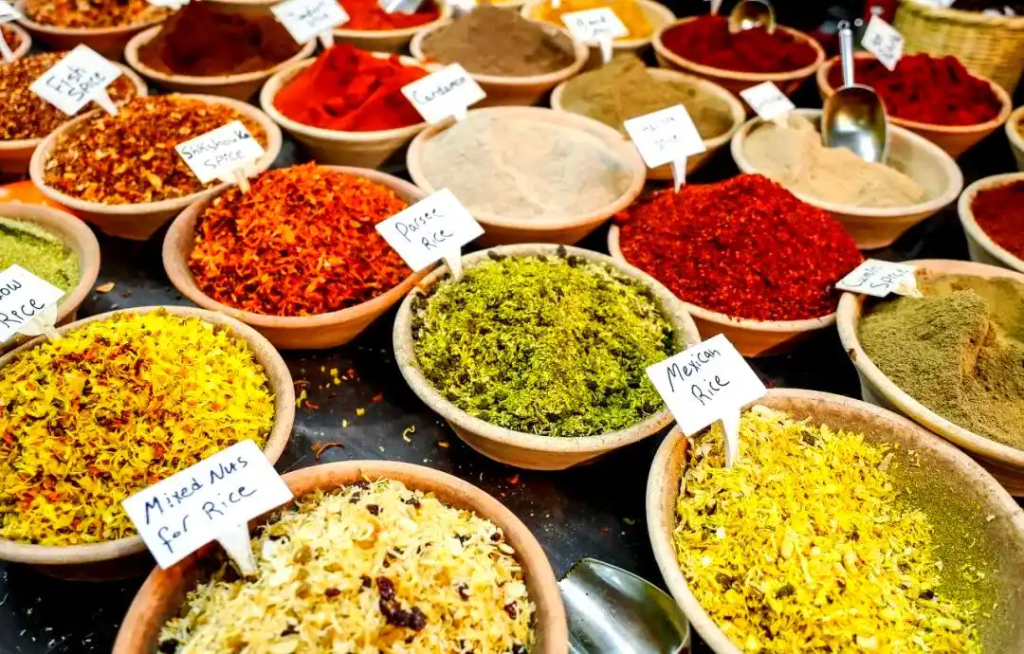
Here is an original English rewrite of your full article on the charm and evolution of Italian cuisine, preserving all ideas while ensuring the content is human-like, fluent, and high-quality:
The Irresistible Charm of Italian Cuisine
1. Iconic Dishes: Pizza and Pasta — But So Much More
Italian cuisine is globally recognized for its iconic dishes such as pizza and pasta. These two staples have helped define Italy’s culinary image around the world. However, to define Italian cuisine solely by these would be a gross oversimplification. Recently, a global food ranking challenged popular perceptions by naming Italian cuisine the best in the world—followed closely by Chinese cuisine in second place. This wasn’t the first time Italy earned such praise. Back in December, the internationally renowned food guide Taste Atlas also crowned Italian cuisine as the best in the world for 2022.
While such rankings always spark debate, the consistent top-tier placement of Italian food alongside culinary giants like China and France reflects the deep heritage, sophisticated techniques, and unique allure embedded in Italian cooking.

1.2 A Culinary Tradition Rooted in History
Though the Roman Empire has long faded into history, Italian cuisine remains ever-evolving and enduring. Its roots trace back to ancient Rome, when Marcus Gavius Apicius compiled what is considered the world’s first cookbook. Even today, classic dishes such as pasta, macaroni, and various wine traditions can be found in the pages of early Roman culinary history.
As the Roman Empire expanded, it became a cultural, economic, and political center in Europe. With each conquest, Roman chefs incorporated new ingredients and spices from the territories they absorbed. Fresh seafood from the Mediterranean, exotic spices from the Middle East, grains from North Africa, and diverse meats became staples at Roman feasts—creating a unique culinary legacy that would influence Italian cooking for centuries.

2. Culinary Divergence and Evolution
2.1 The North-South Divide
As Roman influence spread across the Mediterranean, so did the integration of regional spices and ingredients into Roman dishes. Middle Eastern spices, in particular, added distinctive aromas and flavors. By the Middle Ages, regional culinary identities began to form, giving rise to the pronounced divide between Northern and Southern Italian cuisines.
The north, influenced by Germanic and French neighbors, gravitated toward dairy-heavy cooking, relying on butter, cream, cheese, and a preference for meat and rice over pasta. Meanwhile, the south preserved much of the ancient Roman culinary spirit, particularly in its refined use of spices. This geographical divergence gave birth to Italy’s culinary richness—a vibrant tapestry of local traditions and ingredients.

2.2 Renaissance Revival and Innovation
During the Renaissance, Italy saw not only a cultural and artistic rebirth but also a transformation in food culture. Economic growth led to the rise of a wealthy merchant class that, for the first time, rivaled the nobility in its appetite for culinary refinement.
Tuscany, located in central Italy and blessed with fertile lands and sea access, became a vital culinary hub. Cities like Siena and Florence were surrounded by hills that produced some of Italy’s finest olive oil.
In the outskirts of Florence, towns like Scandicci and Lastra a Signa became famous for their high-quality peas and cabbage, while the Casentino region and the Chiana Valley gained a reputation for top-tier beef and lamb. Fish like grey mullet from the Tyrrhenian coast and pike from Lake Chiusi also featured prominently on local menus and were widely exported.
2.3 Culinary Craftsmanship and Modern Impact
Freshness has always been a pillar of Italian cuisine, and the Renaissance era solidified this value. The Italian approach—prioritizing quality ingredients with minimal manipulation—parallels the philosophy celebrated in A Bite of China, where simplicity highlights natural flavors.
Italian chefs masterfully use sauces to enhance dishes rather than overpower them. Consider the beloved carbonara, made with egg, cheese, black pepper, and pancetta—a perfect match for pasta. Or the hearty Bolognese, which pairs wonderfully with lasagna. Lamb chops in red wine sauce evoke umami flavors akin to Chinese fermented tofu—surprising and unforgettable.
3. Global Reach and Cultural Resonance
3.1 More Than Pizza and Pasta
While pizza and pasta remain the most recognizable exports of Italian cuisine, they’re just the tip of the iceberg. From smoky grilled meats to delicate seafood dishes, colorful salads to decadent desserts, each creation is a tribute to Italy’s reverence for ingredients and storytelling through food.
In 2015, the popularity of pizza even made its way to Chinese variety shows. In a sketch by comedians Yue Yunpeng and Sun Yue, pizza was humorously likened to “sauced naan bread,” drawing laughter from audiences and showing how Italian food had permeated global pop culture.
3.2 From Local Kitchens to Global Tables
Starting in the 18th century, waves of Italian migrants brought their culinary heritage across the globe. Many of these migrants were skilled artisans who preserved the authentic flavors of home abroad. Italian wine, now world-famous, along with a robust global supply chain of Italian ingredients, allowed for easy replication of traditional dishes—even without professional chefs.
Italian-owned bars and restaurants quickly dominated international markets. To stay true to their roots, many restaurateurs regularly returned to Italy for what they call a “pilgrimage of authenticity.”
In the ever-evolving world of global cuisine, fusion is inevitable. Take Hawaiian pizza—topped with ham and pineapple—a hit among locals, yet a source of dismay for traditional Italians.
Still, even with these creative adaptations, Italian food continues to evolve and influence. Interestingly, more and more Italians have started embracing global brands like Starbucks, signaling a cultural shift and openness to international flavors—even in the heartland of espresso.


